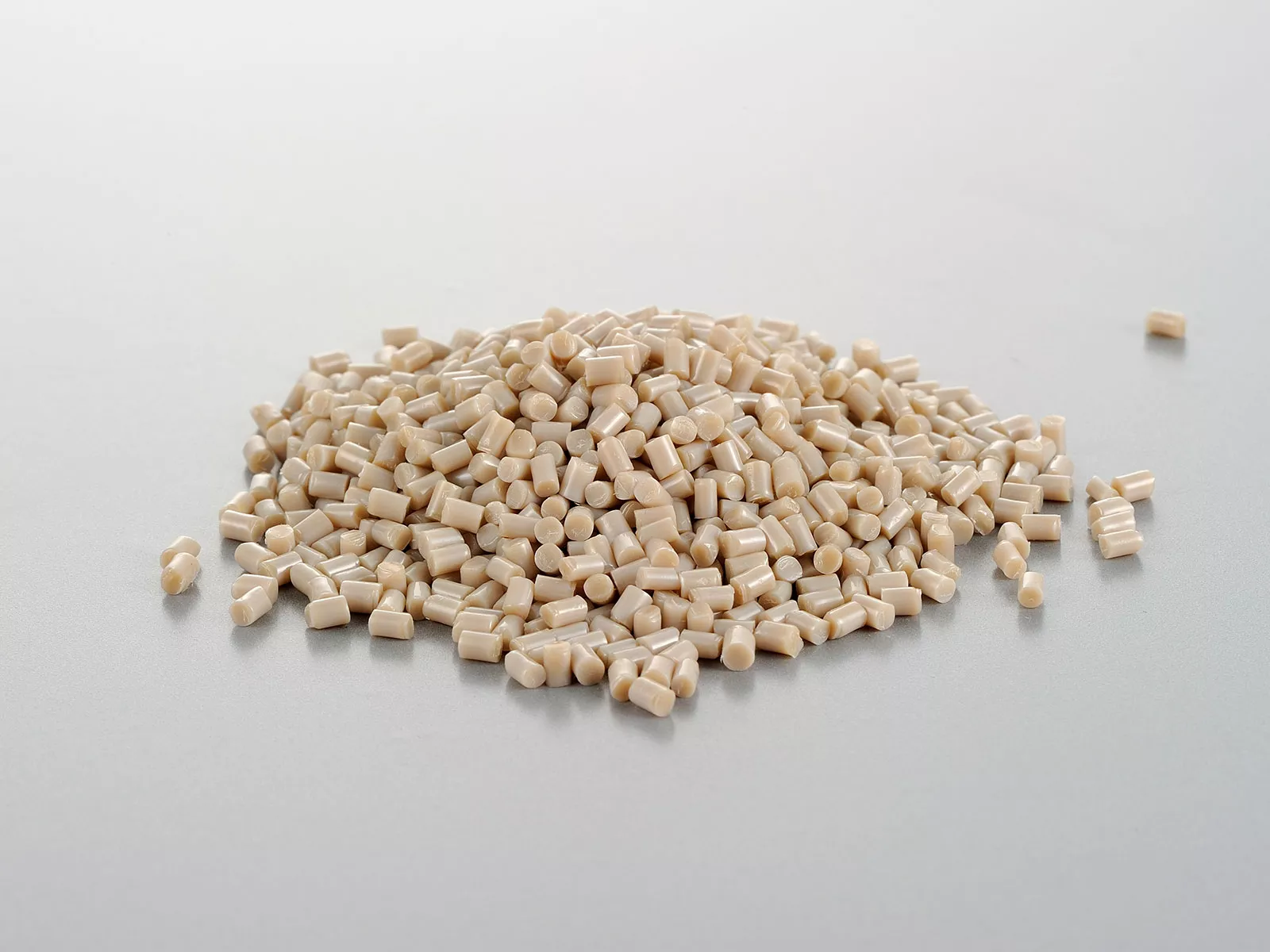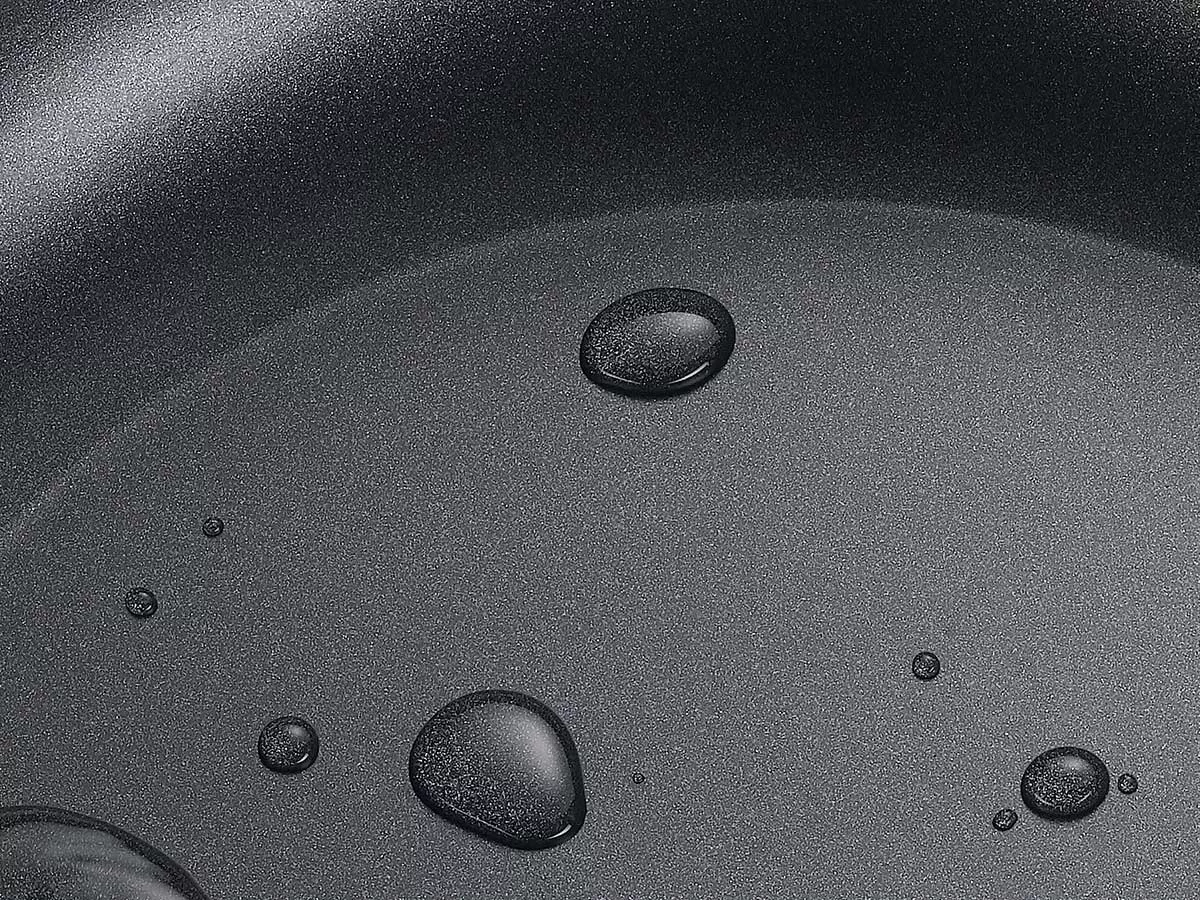1. Heat Distribution
When it comes to heat distribution, ceramic and aluminum cookware each have their own quirks. Aluminum cookware is known for its excellent heat conductivity. It heats up quickly and evenly, making it a favorite for those who want to avoid hot spots. This means you can get consistent cooking results without having to constantly stir or adjust your food.
On the flip side, ceramic cookware takes a bit more time to heat up, but once it's hot, it holds onto that heat really well. This makes it great for slow-cooking dishes where you want to maintain a steady temperature. However, if you're in a rush, you might find yourself waiting a bit longer for your pot or pan to get to the right heat level.
Here's a quick comparison:
| Feature | Aluminum Cookware | Ceramic Cookware |
|---|---|---|
| Heat-up time | Fast | Slow |
| Heat retention | Moderate | High |
| Even heat distribution | Excellent | Good |
Ceramic cookware is eco-friendly, non-toxic, and excellent for slow cooking due to its high heat retention, but it is less durable and can chip easily. In contrast, stainless steel cookware is highly durable, resistant to rust, and ideal for high-temperature cooking, though it heats up more quickly and retains heat less effectively. Choosing between them depends on cooking needs: ceramic is better for gentle cooking, while stainless steel excels in searing and browning.
So, if you're someone who loves to make stews or slow-cooked meals, ceramic cookware might be your best friend. But if you need something that heats up in a flash, aluminum is the way to go. Just consider what kind of cooking you do most often before making a choice.
2. Durability
When it comes to durability, ceramic and aluminum cookware each have their unique strengths and weaknesses. It's important to consider how each material holds up over time and with regular use.
Ceramic Cookware
Ceramic cookware is known for its smooth, non-stick surface. However, its lifespan typically ranges from one to three years before the non-stick properties start to fade. This can be a crucial factor when deciding on the best nonstick cookware for your kitchen. While ceramic pots and pans offer good heat resistance, they can be prone to chipping or cracking if not handled carefully.
- Lifespan: Generally lasts 1-3 years.
- Resistance: Good against heat but can chip.
- Care: Requires gentle handling to avoid damage.
Aluminum Cookware
Aluminum cookware, on the other hand, is known for its robustness. It's less likely to warp and can withstand a lot of wear and tear. However, without a protective coating, it can react with acidic foods, potentially affecting durability. Many aluminum pots and pans come with a non-stick coating, which can extend their lifespan but may still wear off over time.
- Lifespan: Can last longer if well-maintained.
- Resistance: Durable against physical damage.
- Care: Needs careful maintenance to prevent coating wear.
Choosing between ceramic and aluminum cookware often boils down to how you balance durability with other factors like ease of use and maintenance. While ceramic offers a sleek, non-stick experience, aluminum provides long-lasting resilience. Each has its place in the kitchen, depending on your cooking style and needs.
3. Non-Stick Properties
When it comes to non-stick properties, both ceramic and aluminum cookware have their pros and cons. It's important to know these differences to pick the right one for your kitchen.
Ceramic Cookware
Ceramic cookware is often praised for its natural non-stick properties. This type of cookware is coated with a layer of ceramic, which is generally free of harmful chemicals like PFOA and PFAS. Ceramic coatings are considered safer for high-heat cooking because they don’t release toxic fumes. However, they tend to wear out faster compared to other non-stick surfaces, which means you might need to replace them more often.
- Pros:
- Free from toxic chemicals
- Safe for high-heat cooking
- Easy to clean
- Cons:
- Less durable over time
- More prone to scratches
Aluminum Cookware
Aluminum cookware, especially when anodized, offers a different kind of non-stick experience. Anodized aluminum is treated to make the surface harder and more resistant to corrosion. While not truly non-stick like ceramic, it provides a slick surface that helps with cooking and cleaning. However, traditional aluminum can react with acidic foods, which might affect the taste.
- Pros:
- Durable and long-lasting
- Good heat conduction
- Affordable
- Cons:
- Can react with acidic foods
- Not as non-stick as ceramic
Choosing between ceramic and aluminum cookware often comes down to your cooking habits and priorities. If you value a chemical-free, non-stick surface, ceramic might be your go-to. For those who prefer durability and don't mind a little extra care, anodized aluminum could be the better choice. Proper cleaning and maintenance can significantly extend the lifespan of non-stick cookware, so it’s worth investing time in learning how to care for your pots and pans.
4. Weight
When it comes to cookware, weight plays a huge role in how you handle it day-to-day. Ceramic and aluminum cookware differ significantly in this aspect. Let's break it down:
- Ceramic Cookware: Generally heavier due to its solid build. This can make it a bit challenging to maneuver, especially when full of food. Many folks appreciate its sturdiness, but if you've got a weak wrist, it might not be your first pick.
- Aluminum Cookware: Much lighter, which makes it easier to lift and move around the kitchen. Perfect for those who prefer something less cumbersome. It's a great choice if you often find yourself juggling multiple pots and pans.
Here's a quick comparison:
| Type | Average Weight |
|---|---|
| Ceramic | Heavy |
| Aluminum | Light |
Choosing between ceramic and aluminum often comes down to personal preference and what you find more convenient in your kitchen routine. If you're looking for a balance between ease of use and durability, consider your cooking habits and physical comfort.
For those interested in exploring more about nonstick cookware sets, aluminum offers quick heating, while ceramic is known for its easy cleaning properties. Each has its own set of advantages depending on what you're looking for in your kitchen arsenal.
5. Reactivity with Food
When it comes to cooking, the material of your cookware can affect how it interacts with different foods. Understanding this can help you make healthier choices in the kitchen.
Aluminum Cookware
Aluminum is popular due to its affordability and excellent heat conduction. However, it can react with certain types of food. Foods that are acidic or alkaline can cause aluminum to leach into your meal. This is particularly true for dishes containing tomatoes or citrus. Over time, using worn or pitted aluminum cookware can increase the amount of aluminum that transfers into your food.
- Avoid cooking acidic foods like tomatoes and vinegar-based sauces in aluminum pots.
- Regularly inspect your cookware for any signs of wear or damage.
- Consider using a protective layer, like seasoning or a non-stick coating, to reduce reactivity.
Ceramic Cookware
Ceramic, on the other hand, is non-reactive. This means it doesn’t leach chemicals into your food, making it a safer choice for many. It's perfect for cooking delicate items like eggs or fish, where you want to preserve the food's natural flavor. Unlike aluminum, ceramic doesn’t interact with acidic ingredients, so you can cook a wide range of dishes without worry.
Ceramic cookware is ideal for those who want to avoid any metallic taste or potential chemical transfer into their food.
In summary, if you’re cooking with ceramic cookware, you can enjoy peace of mind knowing your cookware won't alter the taste or safety of your meals. Meanwhile, with aluminum, it’s best to be cautious, particularly with acidic foods.
6. Maintenance and Care
Taking care of your cookware is key to making it last. Whether you're using ceramic or aluminum, each has its own set of rules to follow.
Ceramic Cookware
- Gentle Cleaning: Always hand wash your ceramic coated cookware with mild soap and a soft sponge. Avoid abrasive cleaners that can scratch the surface.
- Avoid High Heat: Ceramic doesn't need high temperatures to cook effectively. Stick to medium or low heat to prevent damage.
- Use the Right Utensils: Stick to wooden or silicone utensils. Metal can chip the ceramic coating.
Aluminum Cookware
- Dishwasher Safe: Most aluminum cookware can handle the dishwasher, but check the manufacturer’s instructions first.
- Seasoning: If your aluminum pan isn't non-stick, consider seasoning it to build up a protective layer.
- Avoid Acidic Foods: Prolonged exposure to acidic foods can cause aluminum to pit.
Keeping your cookware in top shape isn't just about following rules; it's about forming habits that make cooking more enjoyable and your tools more reliable.
Each type has its quirks, but with the right care, both can serve you well in the kitchen. Just remember, a little effort goes a long way in extending the life of your pots and pans.
7. Price Comparison
When you're shopping for new cookware, price is often a big factor. Ceramic and aluminum cookware come with different price tags, and it's good to know what you're getting for your money.
Ceramic cookware tends to be on the pricier side. This is partly because it's often marketed as a healthier choice, free from harmful chemicals. Ceramic pots are not only about safety but also about their aesthetic appeal, which can drive up the cost. You might find that a high-quality ceramic pan can cost anywhere from $30 to over $100, depending on the brand and size.
On the other hand, aluminum cookware is generally more budget-friendly. It's a common choice for those who want something affordable yet effective. Basic aluminum pans can start as low as $10, but prices can increase with added features like non-stick coatings or when paired with other materials for enhanced durability.
Here's a quick look at what you might expect to spend:
| Cookware Type | Price Range |
|---|---|
| Ceramic | $30 - $100+ |
| Aluminum | $10 - $50+ |
Choosing between ceramic and aluminum often comes down to what you're looking for in terms of safety, aesthetics, and budget. While ceramic might appeal to those focused on health and design, aluminum is a great pick for those who prioritize cost-effectiveness.
When deciding, consider not just the initial price but also the longevity and maintenance needs of each type. For those who value durability and longevity, investing in a slightly more expensive set might be worth it in the long run.
Wrapping It Up: Ceramic vs Aluminum Cookware
So, there you have it. Choosing between ceramic and aluminum cookware really boils down to what you need in your kitchen. Ceramic is all about that non-stick ease and a bit of style, while aluminum is your go-to for quick and even heating. If you're all about easy cleanup and don't mind a bit of extra care, ceramic might be your thing. But if you're looking for something that's lightweight and heats up fast, aluminum's got your back. At the end of the day, both have their perks and quirks. Just think about what fits your cooking style and go from there. Happy cooking!









